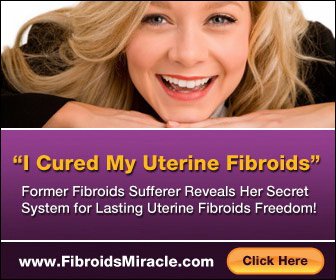Uterine fibroids or leiomyoma is more commonly known as myoma. Fibroids can be a single growth or many tumors that grow in the walls of a uterus. Small lumps of this type of tumor can grow as large as a grapefruit if not treated early.
Most fibroids do not show symptoms in the early stages, but some women can experience heavy bleeding, painful urination, and even infertility. Medical researchers are still unsure of the origin of leiomyoma in females. While there is still no known treatment for women who show little to no symptoms, certain medications and surgical procedures can be given for those with worsened and enlarged tumors.
Leiomyoma can affect 30% to 40% of women. Females in their 30s or 40s, and those who are approaching their menopausal stage can be affected. Also those who carry Afro-Caribbean genes are at risk to have uterine fibroids.
Women who are obese, have unhealthy lifestyle, and food habits, or have a family history of fibroids are also at risk. So, teenage girls as young as 15 years of age, whose mothers or grandmothers have had uterine tumors before, should be concerned. This can be backed by current researches that claim that leiomyoma can now target women who are in their reproductive age (13 years old and up).
A 13-year-old girl from United Kingdom was diagnosed with leiomyoma in 2008 by a certain Dr. W.J. Walker. She was experiencing very heavy menstruation since she was 12 years old. Six months later she was rushed to the hospital after experiencing heavy bleeding and fainting. Two years later, after a series of surgical procedures, her reproductive system went back to normal. She even had a healthy baby after almost a decade.
Another 19-year-old woman from Malawi, Africa experienced abdominal discomfort and was found with masses attached to her pelvis. She had not experienced any abnormal changes when menstruating and had no history of leiomyoma in her family. She eventually admitted to consuming red meat and broiler chicken regularly. She said she was experiencing an early menarche at the age of 14. She was then discharged from the hospital after having a seven-day postoperative course.
It is clear that the above testimonies clearly identify who are most at risk to develop uterine fibroids. Women of any age can be affected, as evidenced by the two teenage girls mentioned earlier.
Clinically-researched risk factors such as being an Afro-Caribbean woman, women who are obese, women with history of leiomyoma in their family, and women who often consume red meat also need to be considered. More so those women whose parents had the same condition.
Concerns regarding the treatment of enlarged and complicated leiomyoma should be immediately considered, because the success of removing the tumor is big enough that some women can even undergo pregnancy and normal delivery if the tumor is treated properly. The likely occurrence of leiomyoma to teenage girls should not be feared, but rather to be learned so as to prevent unfortunate circumstances. By following a healthy lifestyle, teenage girls can easily avoid acquiring this illness.


